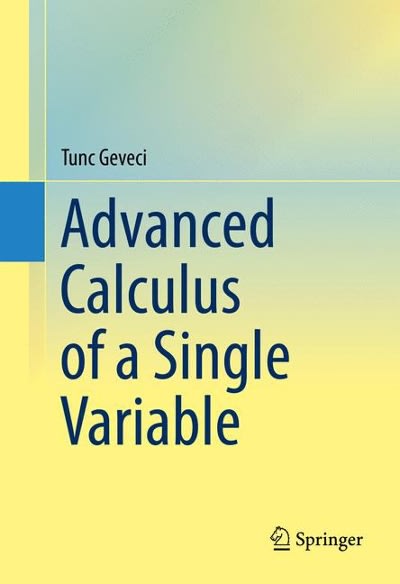Please use scientific calculator, t table, and pieces of paper for solutions.
Use the step-by-step process .
Round off to the nearest hundredths place (2 decimal places) only on your final answer.
The hypotheses, results write-up, and conclusion should be typewritten in the essay answer box.
At the Olympic level of competition, even the smallest factors can make the difference between winning and losing. For example, Pelton (1983) has shown that Olympic marksmen shoot much better if they re between heartbeats, rather than squeezing the trigger during a heartbeat. The small vibration caused by a heartbeat seems to be sufcient to affect the marksman's aim. The following hypothetical data demonstrate this phenomenon. A sample of n 8 Olympic marksmen res a series of rounds while a researcher records heartbeats. For each marksman, a score is recorded for shots red during heartbeats and for shots red between heartbeats. Do these data indicate a signicant difference? Test with (I = .05 (two-tail). During Between Participant Heartbeats Heartbeats A 93 98 B 90 94 C 95 96 D 92 91 E 95 97 F 91 97 G 92 95 H 93 97 There is some evidence suggesting that you are likely to improve your test score if you rethink and change answers on a multiple-choice exam (Johnston, 1975). To examine this phenomenon, a teacher gave the same nal exam to two sections of a psychology course. The students in one section were told to turn in their exams immediately after nishing, without changing any of their answers. In the other section, students were encouraged to reconsider each question and to change answers whenever they felt it was appropriate. Before the nal exam, the teacher had matched 9 students in the rst section with 9 students in the second section based on their midterm grades. For example, a student in the no-change section with an 89 on the midterm exam was matched with a student in the change section who also had an 89 on the midterm. The nal exam grades for the 9 matched pairs of students are presented in the following table. Use a = .05 (two-tail). Matched NoChange Change Pair Section Section #1 71 86 #2 68 80 #3 91 88 #4 65 74 #5 73 82 #6 81 89 #7 85 85 #8 86 88 #9 65 76 Developmental psychologists at a prominent California university conducted a longitudinal study investigating the effect of high levels of curiosity in early childhood on intelligence. The local population of 3 -3-year-olds was screened via a test battery assessing curiosity. Twelve of the 3 -year- olds scoring in the upper 90% of this variable were given an IQ test at age 3 and again at age 11. The following IQ scores were obtained. Use a = .01 (two-tail). Subject Number IQ (Age 3) IQ (Age 11) . . . . . . . . . . . .......... . . . . . . . 100 114 N - 105 116 125 139 ur A W 140 151 108 106 122 119 117 131 112 136 135 148 128 139 11 104 122 12 98 113









